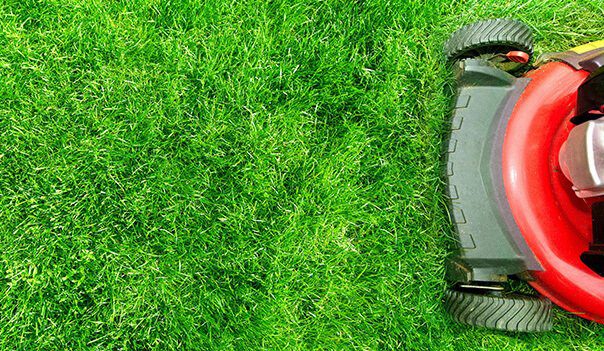Lawn Mowing Mistakes

In our last blog post, Mow, Mow, Mow The Grass, we addressed best mowing practices and proper mowing techniques. After having an understanding of those key factors, it’s easy to create an effective mowing routine. However, while those best practices are fundamental to mowing success, there are a handful of common mowing mistakes that can hinder your progress. So now that you know what to do, it’s time to address what not to do,
Sharpen Up
It’s common for people to fail to sharpen their mower blades on a regular basis. Because of this, many are killing their grass without knowing it. When mower blades get dull, they rip the leaf tissue of the grass blade instead of cutting through it cleanly. As a result, the grass does not heal properly which causes frayed grass blades that can give the grass an overall brown look for several days after mowing. Not only is this visually unappealing, but it also leaves your grass more vulnerable to pests, diseases, and heat stress due to loss of moisture.
Patterns Are Not Always In Style
Although it’s easy to form habits, the path of your mower needs to not become one. While being systematic seems like a good idea, it’s best if a mower’s path is in a horizontal, vertical, or even diagonal direction compared to the last mowing session. Mowing patterns and the repeated passage of the mower’s wheels can cause the soil to compact and create ruts (long, deep tracks), which can become quite visible over time. By mowing in different directions, the soil will remain even and the grass will able to grow upright instead of leaning in one direction.
Slippery Slope
It’s important to make sure grass is dry prior to cutting it. When water is collected on top of the grass, whether it’s from rain, sprinklers, or simply morning dew, it creates a slippery surface that easily can become a safety hazard for anyone walking across it and pushing a mower. Wet grass is also more difficult to cut than dry grass due to soil compaction and weighted down grass blades. The wet grass clippings can also clump up, clog up the mower, and add strain to the mower’s engine. There are no benefits to cutting wet grass and therefore, it’s always best to wait until it’s dry to break out the lawn mower.
Complete with regular maintenance, make sure these mowing guidelines, as well as the practices from our previous blog post, are being followed. This will ensure that your property’s grass will not only achieve its optimal health but will also stay healthy throughout the year!
Worried your grass is not being properly maintained? We’d be happy to inspect your property for any damage and prepare a maintenance proposal for you. Contact us today to take the next step toward achieving healthy grass!



































